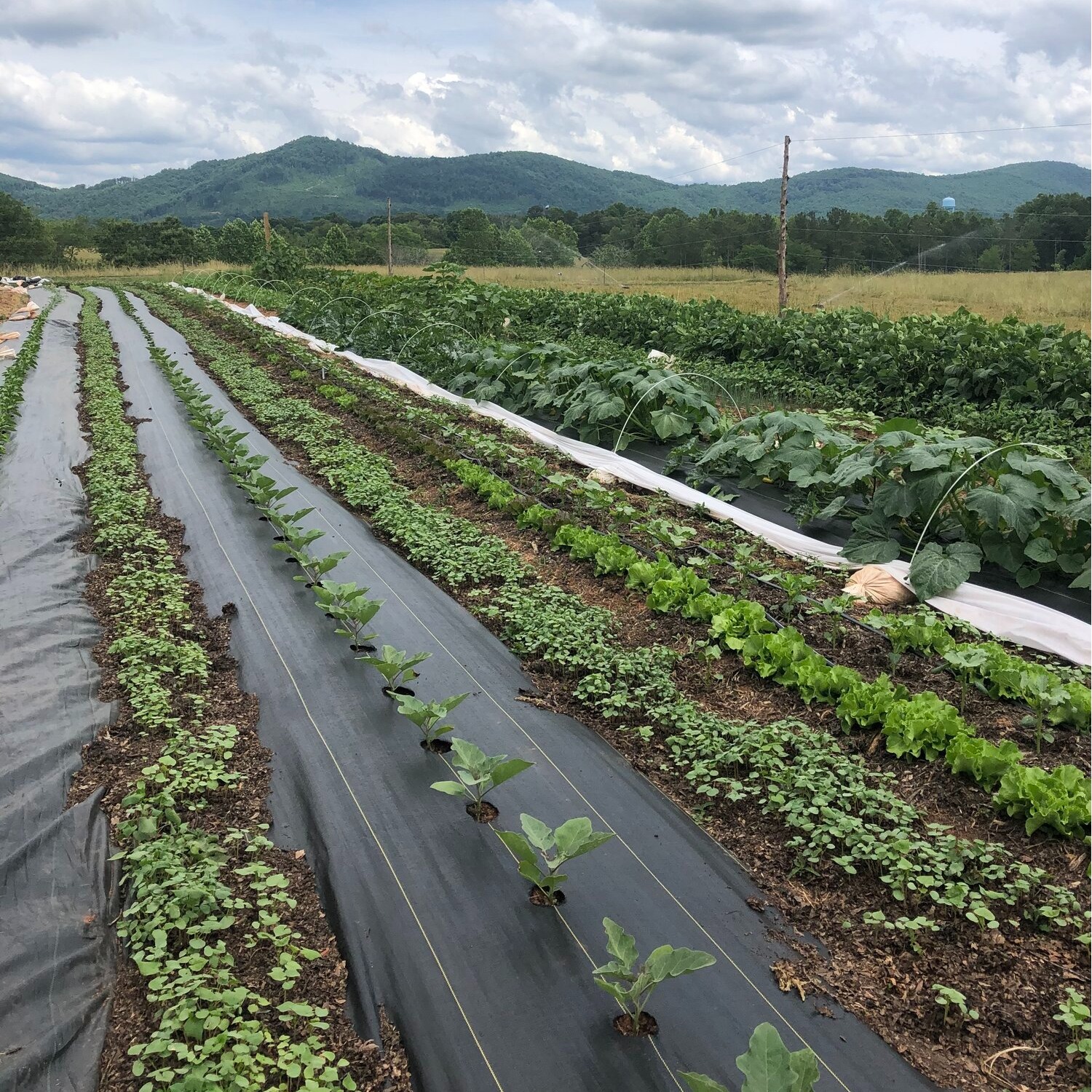Producer


Seven Oaks Farm
Address: PO Box 102 Bostic, NC, 28018
Phone: 828-305-4166
About Us
Erica and Karl met while working on neighboring farms in Western North Carolina. Their farm name is inspired by a line of oak trees that stand between their two main growing areas and is a nod to the native ecosystem that makes the area so beautiful. Their vegetables are delicious!
Practices
Seven Oaks Farm goal is to maintain and further improve the natural balance of their growing areas by using techniques that minimize soil disturbance and increase biodiversity. Their focus is on keeping the soil covered (with living roots and vegetation or mulches) and adding organic matter so that they may nourish and feed the soil rather than mine and deplete it. They never use synthetic fertilizers and we never spray any type of pesticides, herbicides, or fungicides on any of our crops. They are Certified Naturally Grown.
